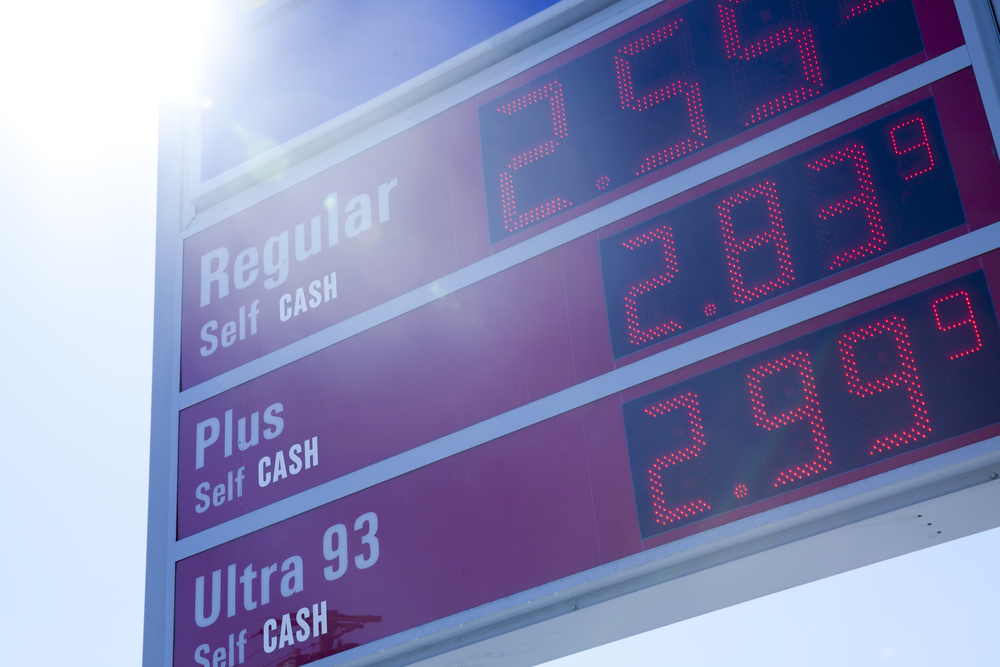
A recent report by the National Association of Convenience Stores (NACS) explained why gasoline prices increase yearly between the first of April and Memorial Day, a time the Environmental Protection Agency calls the “transition season.”
In spring, refineries transition to summer-blend production. During this time, prices increase an average of 50 cents per gallon.
In addition, the Clean Air Act Amendments of 1990 requires different metropolitan areas use varying fuels. This is meant to reduce smog and other air pollution but means refineries must produce 14 different gasoline varieties. Summer-blend fuels are more expensive to produce then their winter counterparts.
Demand also begins to rise in February and peaks in August. A 1 percent increase translates to more than 90,000 extra barrels per day that must be produced.
Last year, daily demand was 14.9 percent higher in June than in January.
“Because U.S. convenience stores sell an estimated 80 percent of the gasoline purchased, NACS wants to demystify how the market works — from the time crude oil is extracted from the ground to when fuel flows into a consumer’s gas tank,” Jeff Lenard, NACS vice president of strategic industry initiatives, said. “We encourage retailers and other industry stakeholders to share this information with their customers and others concerned about the transition season.”